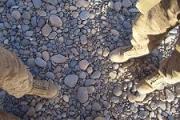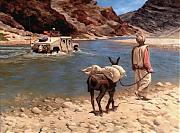I wrote an article for Military Review (with a retired Sergeant Major of the Army and a former CSM of Ops Grp) on the subject of small units. We started at the company and went down to squad.
We argued for a larger squad built on 3's and providing a maneuver, support, and a breach element. We wanted to make the squad as much a combined arms element as we could and we also sought to make it more self-sustaining. I advocated 3 man versus buddy teams; 3s provide greater duration and depth.
My argument also looked at tests run by GEN DePuy as the 1st TRADOC commander. DePuy tested everything; in this case, he tested the various combinations of support and maneuver ; by a clear margin the best ratio of support to maneuver was 2 to 1. A balanced squad cannot do that as it is organized; it must reorganize and/or be reinforced.
You can read about DePuy's tests in Gorman's Secret of Future Victories
My article is at Military Review
Best
Tom












 He can learn quite a bit from following the platoon leader around. He can also learn quite a bit by always monitoring the net. It also keeps an enlisted man available for duties within a squad.
He can learn quite a bit from following the platoon leader around. He can also learn quite a bit by always monitoring the net. It also keeps an enlisted man available for duties within a squad.



Bookmarks